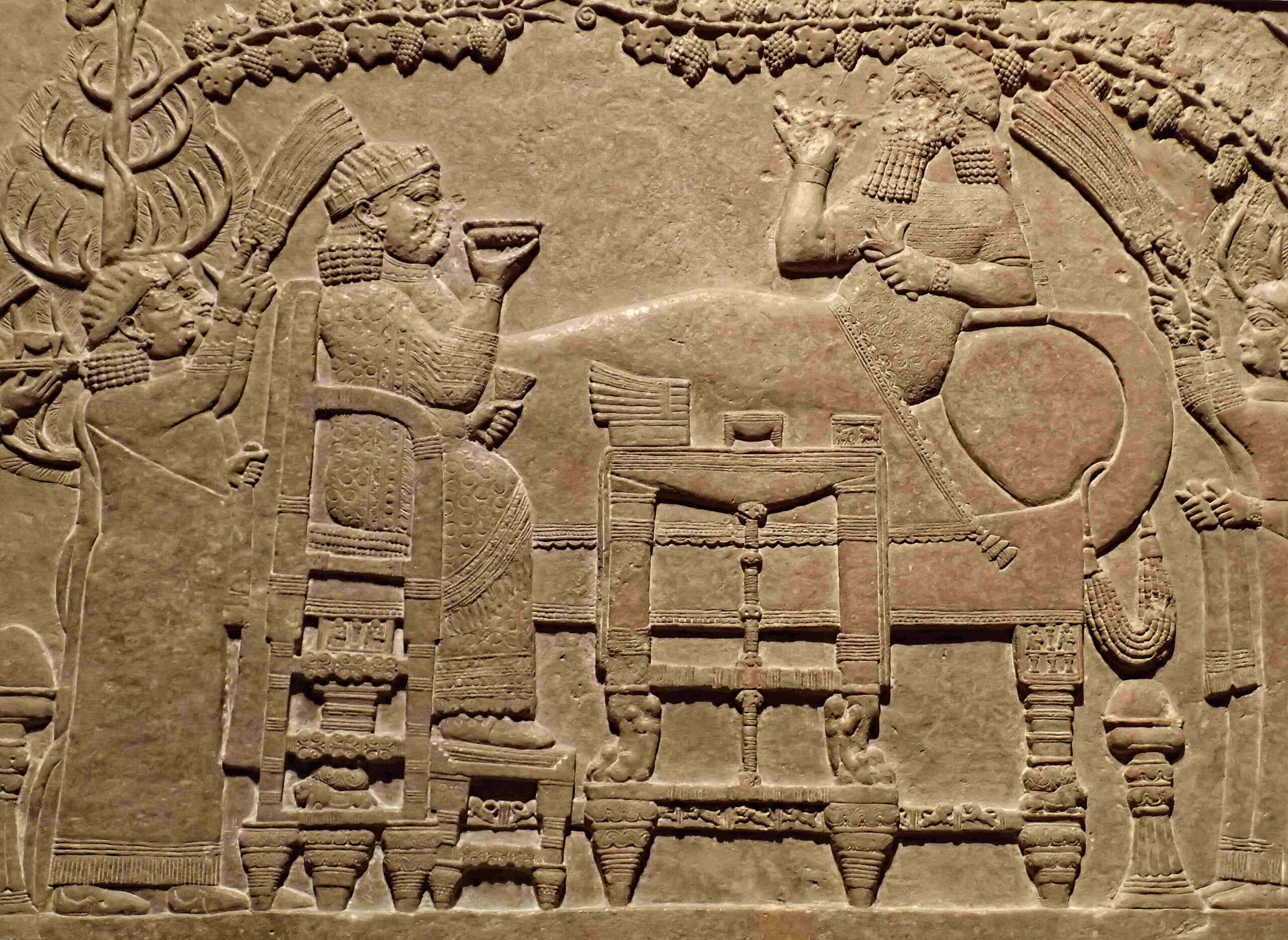

Archaeologists have uncovered a large stone relief depicting King Ashurbanipal, the last powerful ruler of the Assyrian Empire, at the ruins of ancient Nineveh on the eastern bank of the Tigris River in northern Iraq.
The discovery was made by a team from the University of Heidelberg, which has been excavating the Kuyunjik mound since 2022. Their work centers on the North Palace, once built by King Ashurbanipal in the heart of what was the empire’s capital in the late 8th century BCE.
The excavation is part of the Heidelberg Nineveh Project, launched in 2018 under the direction of Professor Stefan Maul from the university’s Department of Near Eastern Languages and Cultures.
British teams first explored the North Palace in the late 19th century, recovering several monumental stone carvings, now housed in the British Museum in London.
For decades, no major carvings had been found—until 2022, when archaeologists from the University of Pennsylvania uncovered the first significant reliefs in the city in more than 75 years.
The recently discovered carving features King Ashurbanipal standing between two important gods—Ashur and Ishtar, the latter known as the protector deity of Nineveh.
Behind them, the scene includes a fish-like mythical figure believed to offer life and protection, followed by a creature raising its arms, which experts suggest may represent a scorpion-man, a guardian figure from ancient Mesopotamian mythology.
Heidelberg archaeologist Aaron Schmitt explained that the composition suggests that a large winged sun symbol was originally positioned above the relief.
Researchers plan to analyze the artwork in greater detail using field data and publish their findings in a scientific journal.
Schmitt said the relief was originally installed in a niche facing the main entrance to the throne room, the most prominent location within the palace. The team discovered the broken fragments buried in a dirt-filled pit behind this niche.
Experts believe the pieces were likely hidden during the Hellenistic period, sometime in the 3rd or 2nd century BCE. Their burial may explain why earlier British expeditions failed to uncover them, Schmitt added.
In collaboration with Iraq’s State Board of Antiquities and Heritage, plans are underway to reinstall the relief in its original location. Once restored, it will be opened to the public as part of efforts to preserve and share Nineveh’s ancient heritage.
The discovery of the relief of King Ashurbanipal in Nineveh marks a significant moment in the study of ancient Mesopotamia. As researchers work to restore and return the artwork to its original place, the site continues to reveal the rich history and legacy of one of the region’s greatest rulers.
